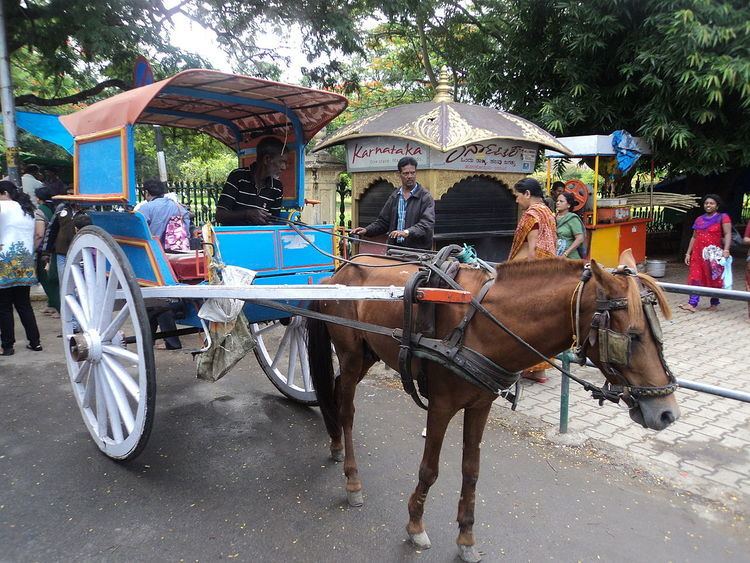Mysore was the previous capital city in the state of Karnataka, India. It is the headquarters of the Mysore district and Mysore division and lies about 140 km (87 mi) southwest of Bengaluru, the capital of Karnataka. The city covers an area of 128.42 km2 (50 sq mi) and is situated at the base of the Chamundi Hills. Mysore is one of the most prominent tourist areas of India. Mysore is also known as the Palace City of India. The Mysore Palace in the city is the most visited place in India, above Red Fort, Qutb Minar, and even the Taj Mahal as of 2006. The New York Times recently listed Mysore as one of the 31 must-see places on Earth for two consecutive years.
(Text) CC BY-SA

